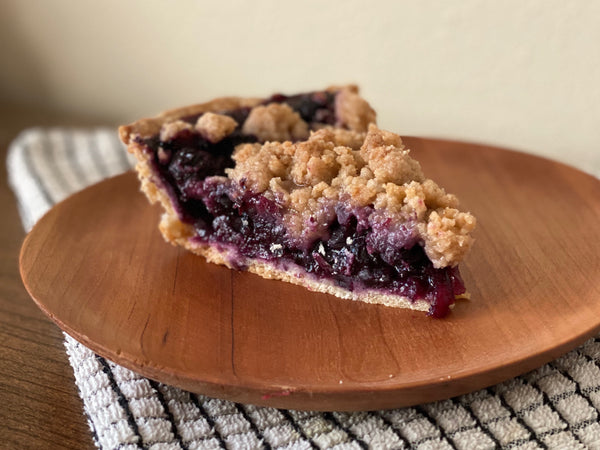Exploring Various Pie Crust Types:
When it comes to pie crusts, there's a world of textures and flavors waiting to be discovered. From flaky to crumbly, each type has its unique charm. Here are some popular pie crust variations to experiment with this fall:
- Flaky Pie Crust: Achieve a delicate, buttery texture with layers that melt in your mouth.
- Crumbly Pie Crust: Perfect for a rustic appeal, this type offers a hearty, crumbly bite.
- Gingersnap Crust: Infuse your pies with a touch of autumn spice using a gingersnap crust.
- Nutty Crust: Add depth and crunch with a nut-based crust, like pecan or almond.
Step-by-Step Instructions for Pie Perfection:
Creating a flawless pie crust is a blend of science and art. Follow these step-by-step instructions to craft a crust that serves as the canvas for your fall-inspired creations:
- Gather Your Ingredients: Flour, butter, water, and a pinch of salt are the basic building blocks. Use high-quality unsalted butter for the best results.
- Keep Ingredients Cold: Cold ingredients prevent the butter from melting too quickly, resulting in a tender, flaky crust.
- Cut in the Butter: Incorporate the cold butter into the flour until the mixture resembles coarse crumbs.
- Add Cold Water: Gradually add ice-cold water while gently mixing until the dough comes together.
- Form the Dough: Shape the dough into a disc, wrap in parchment paper, and refrigerate for at least 1 hour.
- Roll and Shape: Roll out the chilled dough on a floured surface or between two pieces of baking parchment paper, then gently transfer it to your pie dish.
- Blind Baking: For custard or no-bake fillings, blind bake the crust before adding the filling to ensure a crisp bottom.
Ingredient Tips for Pie Crust Excellence:
Fine-tuning your ingredients can make a world of difference in your pie crusts. Consider these tips for a truly exceptional result:
- Flour Selection: Opt for all-purpose flour for a balanced crust, or use pastry flour for a tender texture.
- Butter Matters: Choose unsalted butter with a high fat content (around 82%) for superior flavor and flakiness.
- Ice-Cold Water: Use ice water to keep the butter from melting prematurely, ensuring a tender crust.
Troubleshooting Common Pie Crust Issues:
Even experienced bakers encounter challenges. Here's how to troubleshoot common pie crust problems:
- Tough Crust: Overworking the dough can lead to toughness. Handle it gently and avoid excessive kneading.
- Shrinkage: To prevent crust shrinkage, make sure the dough hangs over the edges of the pie dish before baking.
- Soggy Bottom: For juicy fillings, pre-bake the crust slightly or brush it with an egg wash before adding the filling.
Mastering the art of perfect pie crusts becomes an invaluable skill for any time of the year. With the right techniques, quality ingredients, and a touch of creativity, you can create pie crusts that embrace the flavors of the season and captivate the senses. Whether you're preparing pies for family gatherings or indulging in a solo baking adventure, let this guide be your companion on the journey to pie perfection this fall. Happy baking!

